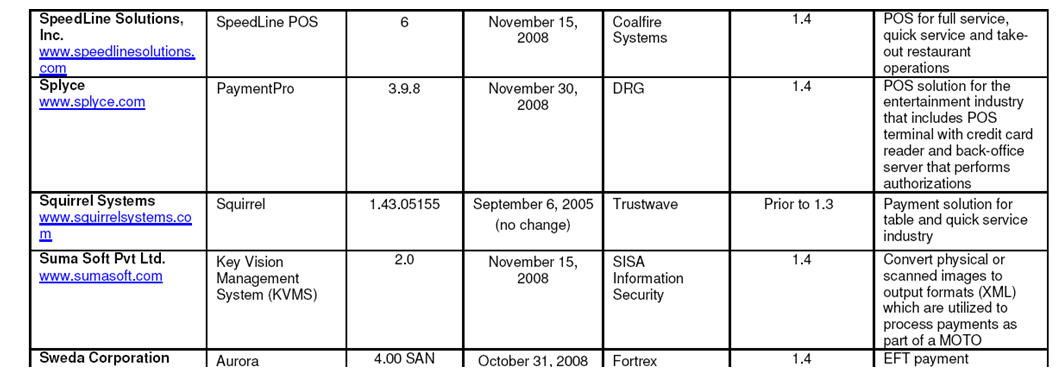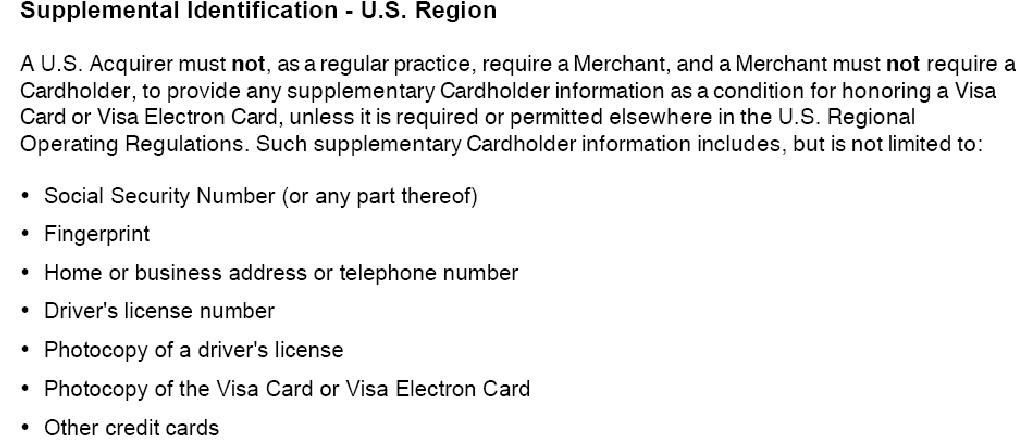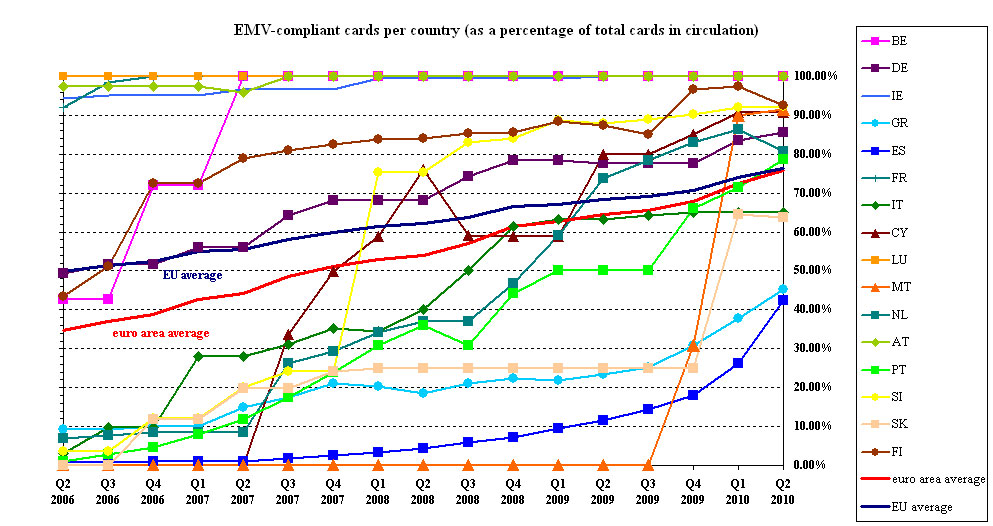23 March 2011
(sorry for the typos in advance)
I’m up early in Dubai.. meeting with the UBL/Omni Pakistan team on their mobile money initiatives. I love visiting emerging markets to learn about successful projects. Pakistan is well on its way to becoming a leader in reaching the unbanked through mobile solutions, perhaps surpassing the Philippines, Brazil and Kenya. Beyond having a fantastic regulator, they also have 2 excellent teams:
#1 Abrar Mir of UBL/Omni and
#2 Nadeem Hussain, CEO of Tameer Bank, (ex Citi executive) Telenor/Tameer.
Make no mistake, their success to date has been 100% domestic.
In the US, we frequently get caught in a rather narrow “US centric” view of everything. Keeping a connection open to emerging markets is a great way to keep a fresh perspective and question “foundational” paradigms. New ventures in emerging markets are frequently challenged in attracting capital, even in high growth “BRIC” economies. Although many countries have worked hard to replicate the US venture model, few have succeeded. US/EU venture money normally focuses on investments which are geographically close to provide active management and reduce legal complexity (ex. control, investment, share holder rights, liability, intellectual property, …). Emerging market innovators are left with a much reduced set of options: “local” venture firms, banks, private investors and a small number of specialist US venture teams (Elevar, Omidyar, …etc).
Although Starpoint is 80% focused in OECD 20 countries, our emerging market activities are invaluable. My personal reasons for involvement are both philanthropic and aspirational. The opportunity to provide financial services for 600-800 million people over the next 6-10 years could be THE KEY event which drives global GDP growth (and hence poverty alleviation). Make no mistake the entire pyramid of consumers (affluent at top, poor at the base) will grow, but it is the base of the pyramid which will dominate the numbers.
For those of you that have followed my blog, I have been tracking several Indian projects over the last 2 years. I’m so frustrated by the bureaucracy and corruption in India, that I have given up on that country. There are a number of companies (ie Bharti, Vodafone, SKS…) that could deliver, but they are stymied by a regulator that cares more about control than progress ( MNOs Rule). It’s important to understand the political dynamics of emerging markets, particularly for well meaning investors that want to take part in the growth opportunity.
The last 7 years has been a time of much experimentation. Many mobile initiatives have been spun up by MNOs, Banks, Card Networks, NGOs, MFIs, MSBs, … etc. Within the unbanked world, MPESA stands out as the “model” unbanked success. It was started in 2004 by Vodafone after receiving ~2M GBP in grants (from UK’s DFID ). I’m highly appreciative of efforts by the World Bank, CGAP, USAid, UK’s DFID, NGOs… (Aid Groups). These teams are comprised of tremendous people driven to make a difference in the world. My trip to Dubai today was my first focused interaction with the Aid/NGO community, as most of my life has been spent in the private sector. I have several observations which may be of benefit to start ups and investors in this area.
Objectives of Mobile: NGO/WorldBank/US Aid vs Private Sector
There are not many “new” ideas in banking. It is perhaps the world’s second oldest profession. Banking in emerging markets has several challenges: laws, consumer protections, consumer identification, literacy, bank infrastructure, regulatory infrastructure, … etc. This challenge is compounded by poor market profitability and network effects associated with existing money services providers (agents, money lenders, foreign remittance, …).
For context, let me provide a very short primer. Poverty alleviation and financial inclusion is a primary focus of the world bank and many independent aid organizations. They come together in many areas, with CGAP serving as a key organization for collaboration. Micro Finance has been a key focus for this group over a number of years. A key “model” MFI is Grameen Bank, particularly after Muhammad Yunus won the Nobel Peace Prize in 2006 for his work there. There are 2 points I want to make on MFIs: they are “sustainable” at the margin and use very little technology (predominantly paper based in much of the world). For those interested in more detail I encourage a review of these 2 articles
As a banker and VC my immediate inclination is to recoil at any business which is not profitable. Profit is a sign of health of a business, if you don’t have it.. you die. However the objective of “aid” money is not profit, but rather to maximize the “impact” that every dollar of aid has. We all know the successful Aid examples of DDT, immunizations, pre-natal vitamins, .. etc. What happens when “aid” and NGO money floods into “banking” activities? Does it accelerate banking? Suppress margins? Create sustainable businesses or infinite dependencies? What is the right thing for Aid groups to invest in? Does Capitalism work in emerging markets?
Given that the US and UK dominate the Aid organizations, you would think that the last question would have an obvious answer. However, imagine yourself working in an Aid organization for 20 years, with very little time in the private sector. Everyone is biased by their life experience and in this case it is no different. Suffice it to say that there are tremendous differences in views and experience when compared to the private sector. These differences could become strengths if there was effective interaction between sectors (ex. CGAP’s market knowledge and Citi’s G2P Payments capabilities).
In my view there is much room for improving public/private collaboration, and many current Aid based efforts are at risk of negatively impacting market growth and adoption of sustainable commercial enterprises. One of the primary negative effects is subsidization of poor ideas. There are very limited market forces driving Aid based projects. Aid/NGO subsidies (note this is not investment) in commercial activities influence both price of services/products, the entities that deliver them, and consumer adoption. While the goal of Aid is to maximize “impact” the goal of investment capital is to provide a return, and hence sustainability. At a minimum, Aid groups must ensure that they have a team with experience in the private sector.
As I stated in MNOs will Rule in Emerging Markets, mobile operators are the first commercial organization to develop a sustainable model that serves the worlds poor. MNOs are clearly not philanthropists, they are focused on profitably serving their customers. MNOs have built both a physical communications network, and an agent distribution network that has driven their explosive growth. So while banking is the world’s second oldest profession, mobile operators are perhaps the newest. What happens when the 2 get married?
There are many, many groups seeking to take advantage of both of the MNO assets above. Both of these assets are networks and, as with any network, they are aligned to deliver value along well defined value proposition(s). In my previous blog Will RBI Disintermediate Agents, I detailed the implications of hijacking the agent network for payments. The communications network is also an asset that can to deliver other services, it is a tool for “inclusion” as well as communication.
Mobile presents 2 primary “disruptive innovations” to the world’s second oldest profession: 1) Access/Cost to Serve and 2) Acquisition. Let me emphasize, mobile does NOT present a “silver bullet” solution to banking. Bank products must still be profitable. In emerging markets, banks have a very poor reputation at the base of the pyramid. Banks are limited in their ability to develop products which can be priced and distributed at the base of the pyramid, not just in emerging markets, but here in the US as well. Mobile banking will not solve this problem, but only allow poorly suited banking products to reach more people at a slightly lower cost. Although mobile does not significantly impact existing banking models, it may allow for the development of a “new products”, one of which is payments.
As I stated in Banks will Win in Payments, retail banks historically focused investment in credit related payments and treated DDA payments as a cost to retain the deposit account. Future mobile payments plays (bank driven) would center around a simplified transactional account to allow for cash in/out, domestic remittance and bill payment. This is not a savings account, nor is it a typical DDA. The closest existing product is a pre-paid card.. and there is a bank behind every pre-paid card in the world. Bank PPC revenue is driven by net interest margin (NIM) on non-interest bearing balance as well as transaction and account fees. A cardless mobile payment product has the opportunity to bring down cost to serve by eliminating plastic issuance, customer communication and account opening (ex. KYC at Agent). The world wide explosion of pre-paid cards should correlate well to the future explosion of mobile payment accounts.
In Pakistan, UBL/Omni is pursuing a bank led approach to this opportunity while Telenor purchased Tameer Bank to pursue an MNO led approach. I’m somewhat biased here, but the reasons I like Omni: it is “open” and can support multiple MNOs, interoperates with existing bank controls, full regulatory support, path to growth into more complex account types.
Conflicting priorities
I have never met an Aid organization or NGO that likes pre-paid cards. It seems their perspective has not changed in this new mobile account type. While I don’t fully appreciate their definition of financial inclusion, a non-interest bearing payment only account does not seem to qualify. CGAP/NGO needs and priorities would be irrelevant if their grants did not invest in competing models. One of their core issues is “closed” networks: Aid organizations hate them. But as stated previously, every network begins with delivering commercial value to at least 2 parties.
History has shown that closed networks form prior to open networks (in almost every circumstance) as closed networks are uniquely capable of managing end-end quality of service and pricing. This enables the single “network owner” to manage risk and investment. How can any company make investment in a network that does not exist, it cannot control, at a price consumers will not pay, with a group that can not make decisions or execute? Answer: Companies cannot, it is the domain of academics, governments, NGOs and Philanthropic organizations.
The success of MPESA, GCASH, UBL/Omni, Oi Paggo, .. clearly indicates that payments is a valuable service to the base of the pyramid. These are successful networks that have developed a specific value proposition. Aid groups have “impact” objectives which do not necessarily align to profit objectives of these networks. Opening a network in order to deliver a non-commercial value proposition is not an easy task.
As stated in Cash is King, I’m a pragmatist who firmly believes that the best approach to serving the unbanked is supporting a model where at least one entity has an economic incentive to invest. This is the definition of sustainability. The alternative to economic sustainability is unprofitable zombie shells that require continued aid and investment.
As I have stated previously (see Mobile Money: MNOs will Rule in Emerging Markets and Mobile Money: Emerging Markets/Emerging Models) MNOs operating in closed systems appear to be best positioned for creating a sustainable value proposition to the unbanked in next 2-3 years. My trip to Dubai also shows that a fantastic regulator and bank team can create a new bank product as well (UBL/Omni).
Items for CGAP/NGOs
- Investment in commercial efforts amounts to subsidization and “picking winners”. Are you operating as a VC? Be cautious of destroying a valuable service to the poor by compressing margins for entities that do not receive your grants.
- Stop with the “openness” requirement. Closed systems must develop first… the biggest failure will be India’s common platform initiative. Who wants to invest in that?
- Policy advocacy and best practice are win/wins
- Don’t force the consumers into MFI deposits through mobile money. Help with marketing.. yes.. but be careful what you advocate. There is very little market data to support unbanked demand for savings.. it would seem they would rather buy a goat.
- Don’t belittle or begrudge commercial efforts. What you want to encourage is sustainability and investment … the elimination of grants.
- Every now and then.. perhaps you should get at least one person on your team with a private sector background.
Collaboration Needed
The UK’s DFID was an excellent model for Aid, channeling it through a group (Vodafone) that could deliver a “prospective” solution for MFI interoperability. What really makes this model a success is that DFID provided flexibility in “impact” and allowed a commercial organization (Safaricom) to refocus MPESA based upon market needs and adoption. Remember neither DFID nor Vodafone ever anticipated the “payments” use until after the solution was implemented and in the market. DFID acted like a VC.. chartering a COMMERCIAL team to make it work.
There are several conversations which prompted this blog, which I can’t detail as my goal is not to deride the AID groups.. but rather highlight the challenge in investing in mobile money within emerging markets. Quite frankly I was shocked at the attitude of Aid/NGO organizations with respect to commercial initiatives focusing on unbanked needs (ex. SKS Microfinance). The idea of private money creating businesses that serves the poor at a profit was an anathema. The theme of Aid groups view on SKS’s efforts was “greedy capitalists, they just don’t understand microfinance”. Knowing SKS and their investors, this view could not be further from the truth.
As an independent 3rd party the NGO/Aid view may have been driven by a lack of experience and respect for the private sector. While I greatly appreciate their service to a worthy cause, they have a very biased view of solutions, business and economics. Differences in approach are frequently driven by differences in goals: Aid groups want to maximize impact, SKS wanted to build a sustainable business. The real issue is not the divergent views, but the divergent goals and the money being spent to pursue them.




